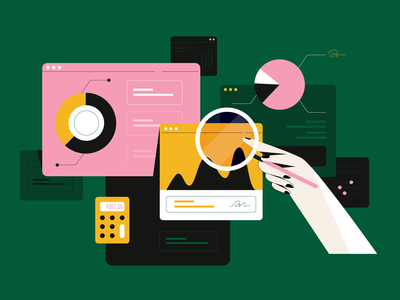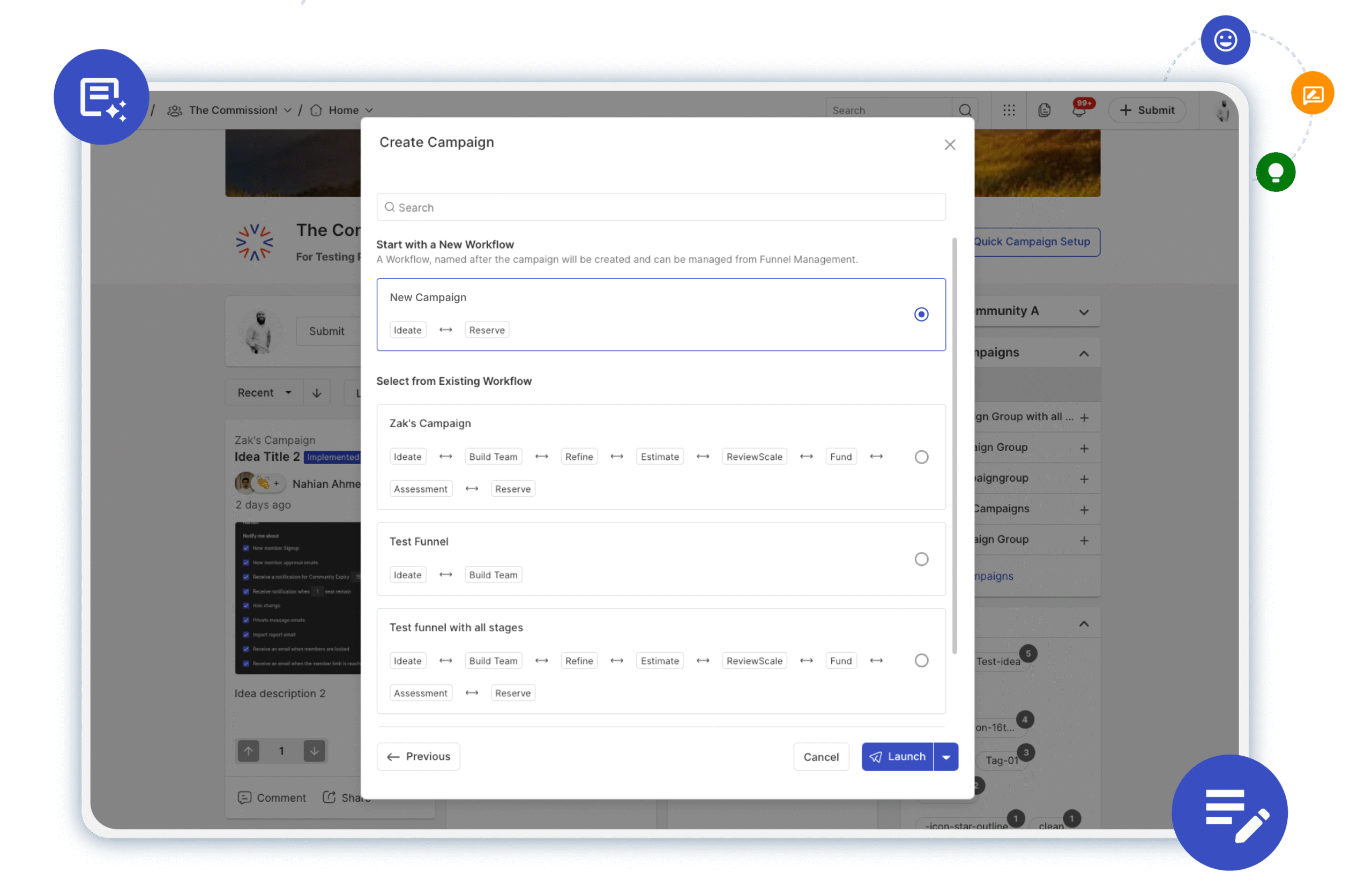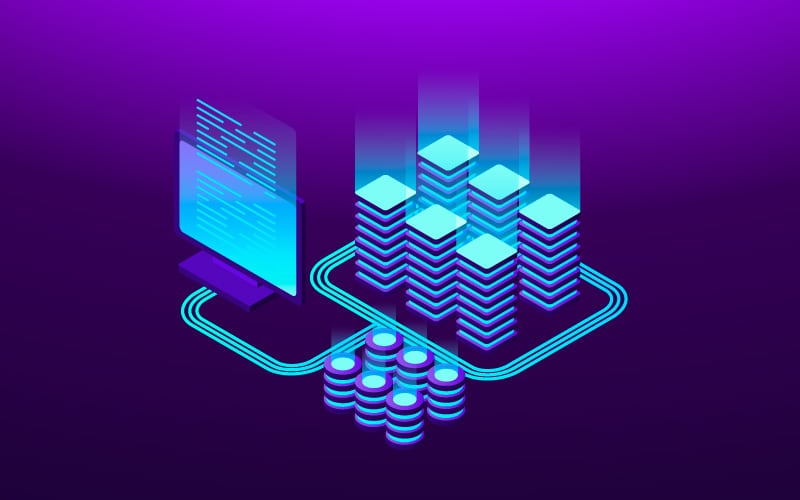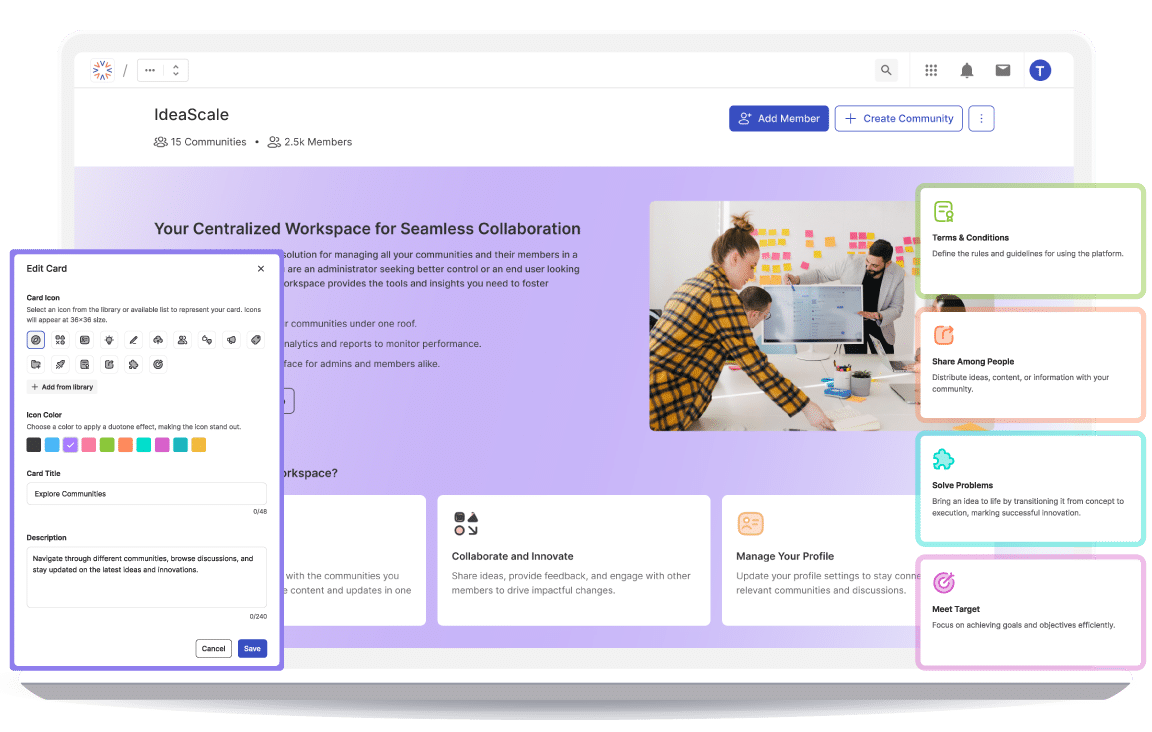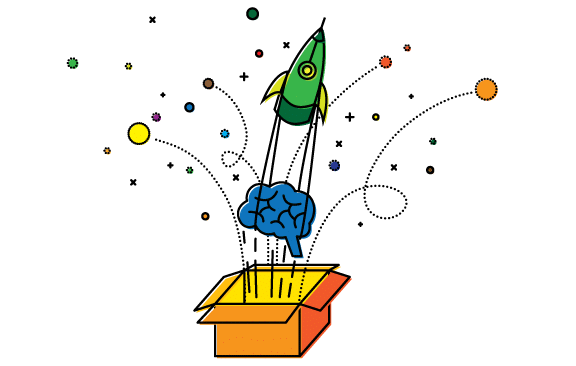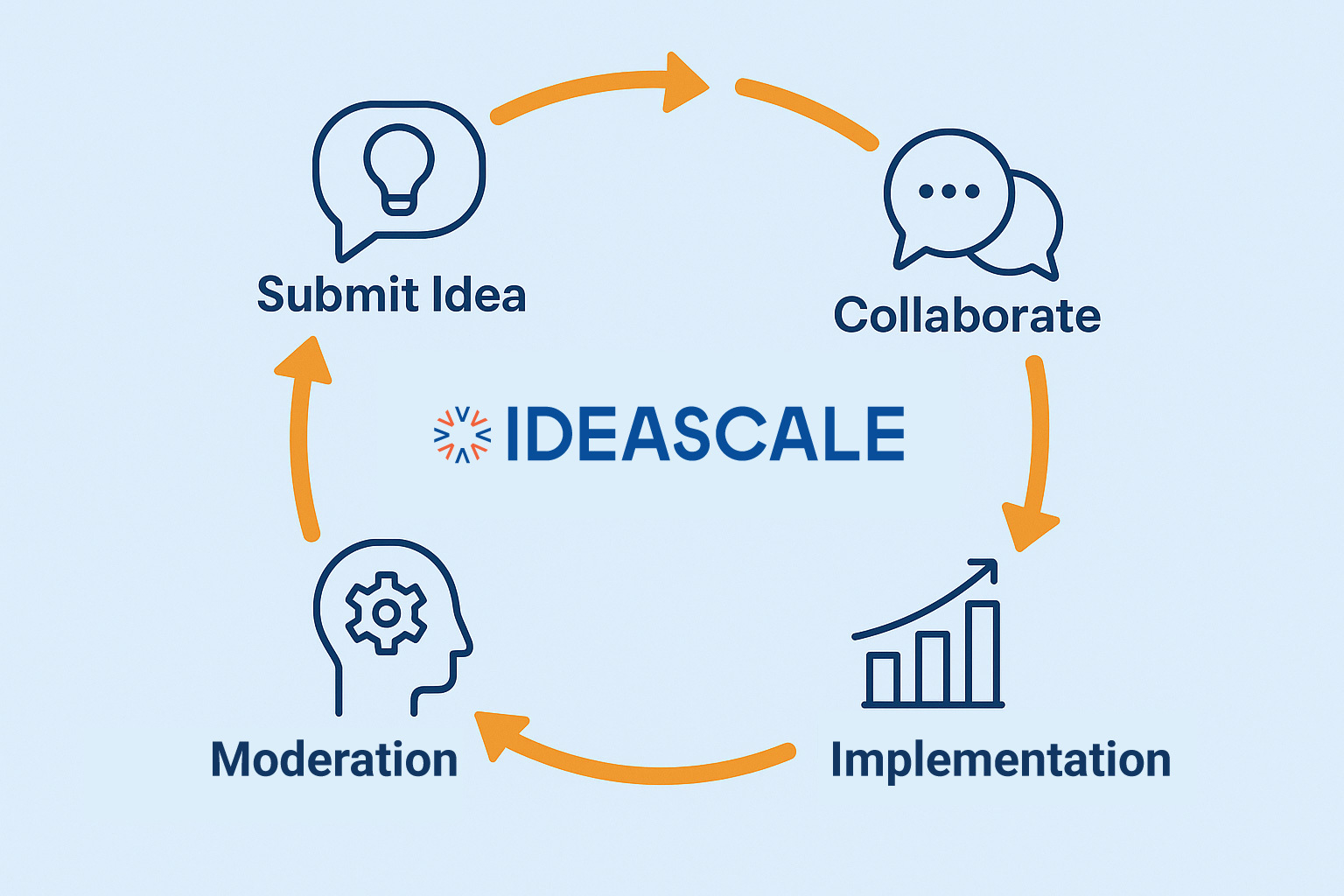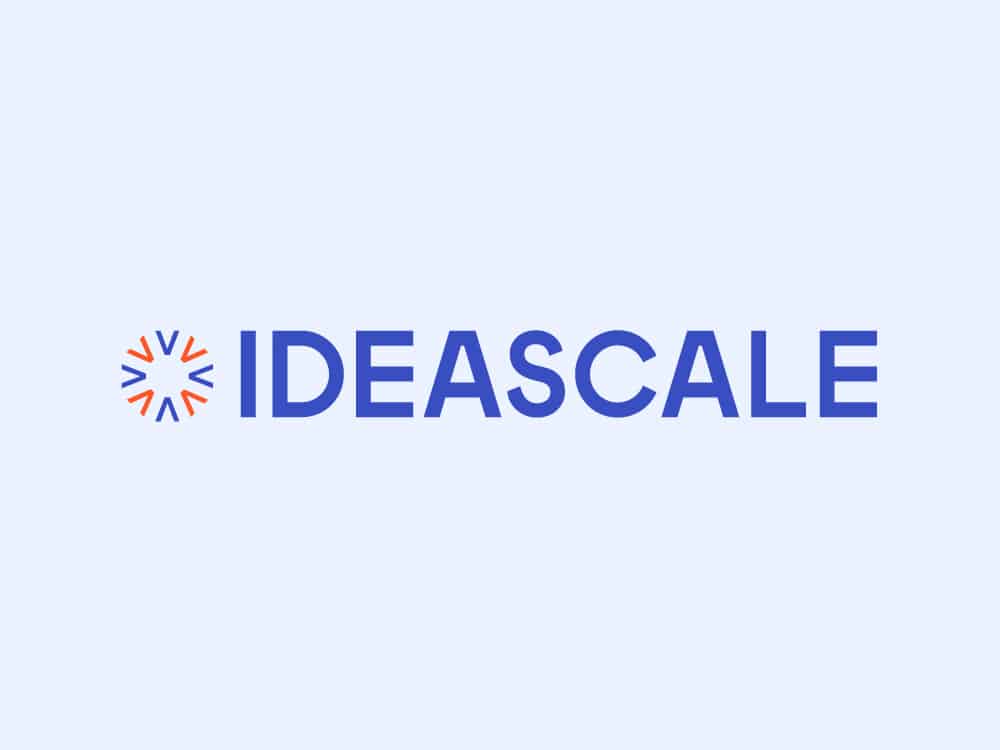Table of Contents
The Lean Canvas is one of the best structures to achieve successful product iterations, but if you don’t know how to use it then it won’t be nearly as effective.
In this guide, we will define a lean canvas and show how to use it, explain the lean methodology, and discuss the advantages of going lean. If you like this guide and are interested in other similar template guides, check out our most recent ones on the MoSCoW analysis and design thinking.
What is Lean Canvas?
The Lean Canvas is defined as an adaptation of the traditional business model canvas that is optimized to consolidate a plan focused on maximizing user value. By deconstructing traditional business plans into their most important assumptions & values, the Lean Canvas takes a direct approach to diagram a business idea.
The Lean Canvas is an adaptation of the business model canvas that is optimized for the “lean startup methodology”, a technique that is crucial in understanding the possibilities of the Lean Canvas.
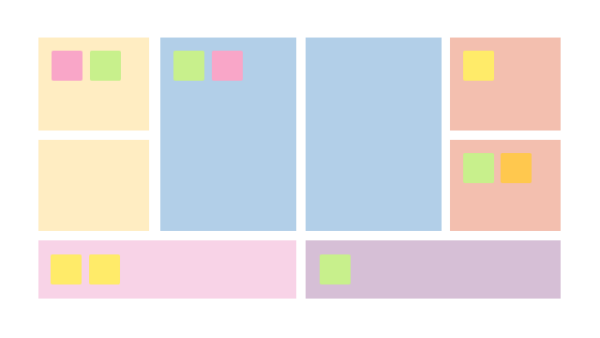
The Lean Canvas typically consists of nine key elements:
1. Problem: This section outlines the specific problem or pain point that your product or service aims to solve.
2. Solution: Describe how your product or service addresses the identified problem. This is usually a brief description of the value proposition.
3. Key Metrics: Identify the key performance indicators (KPIs) you will use to track your business’s success.
4. Unique Value Proposition (UVP): Clearly states what makes your product or service unique and why it’s better than existing alternatives.
5. Channels: Outline the marketing and distribution channels you plan to use to reach your target customers.
6. Customer Segments: Defines the specific groups or types of customers your business is targeting.
7. Cost Structure: Lists the main costs associated with running your business.
8. Revenue Streams: Describes how your business will make money, including pricing strategies and revenue sources.
9. Unfair Advantage: Identifies any advantages or unique factors that give your business a competitive edge.
What is the Lean Methodology?
Lean methodology and the lean canvas are intertwined, and the lean canvas operates on many key propositions that the lean methodology emphasizes. For this reason, it’s crucial to understand the Lean methodology in order to grasp the applications of the Lean Canvas.
The lean methodology is the idea that drives the unique value of the lean canvas. The lean methodology is defined by a couple of simple guidelines:
- Focus on value to the customer
- Eliminate things that don’t directly provide value (aka waste)
- Iterate with cyclical improvements
These three elements are the building blocks of the Lean methodology and focus on maximizing customer value while also minimizing waste. Within each cycle of improvements, teams should seek to increase the amount of value they can offer to customers without huge amounts of resources being wasted on non-valuable features.
Value is king and is always being maximized.
The lean methodology was created and implemented by Toyota in the middle of the 20th century thanks to Ash Maurya, and since its inception, the lean methodology has been shifted to focus more on software development than its traditional product focus. Software development is a sector that benefits greatly from thinking about customer value and waste and is a natural use case for the lean methodology.
Now that we have a good understanding of the lean methodology and its application through the lean canvas, let’s talk about how to best use the lean canvas.
Learn more: What is a Business Model Canvas?
Lean Canvas Examples
Here are a couple of examples to illustrate how a Lean Canvas can be filled out for different business ideas:
Example 1: A Mobile App for Task Management
- Problem: Many people struggle to stay organized and manage their tasks efficiently.
- Solution: A mobile app that provides a simple and intuitive task management system.
- Key Metrics: User engagement, daily active users, retention rate.
- UVP: Offers a unique combination of user-friendly design and intelligent task prioritization.
- Channels: App stores, social media advertising, word-of-mouth referrals.
- Customer Segments: Busy professionals, students, and freelancers.
- Cost Structure: Development and maintenance costs, marketing expenses.
- Revenue Streams: Freemium model with a free version and premium subscription options.
- Unfair Advantage: Proprietary task prioritization algorithm.
Example 2: A Local Coffee Shop
- Problem: Limited options for quality coffee and a cozy atmosphere in the local area.
- Solution: A boutique coffee shop with a focus on premium coffee and a welcoming ambiance.
- Key Metrics: Daily foot traffic, customer loyalty, average purchase per customer.
- UVP: Handcrafted coffee from premium beans in a comfortable and artistic setting.
- Channels: Social media, local advertising, community events.
- Customer Segments: Coffee enthusiasts, students, and local professionals.
- Cost Structure: Rent, coffee bean supply, staffing, utilities.
- Revenue Streams: Coffee sales, pastries, merchandise, event hosting.
- Unfair Advantage: Strong community ties, and unique coffee blends.
The Lean Canvas serves as a living document that can be continuously updated and refined as a business idea progresses and more information becomes available. It’s a valuable tool for both startups and established businesses looking to pivot or launch new products or services.
Lean Canvas Use Guide
Before you start using Lean Canvas, it’s important to break down all of the important elements that go into creating a productive canvas. Here is an overview of every component that makes up the lean canvas.
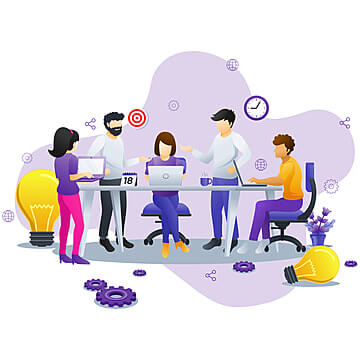
1. Problem
The first box defines the problem you’re hoping to solve. Having a shared understanding of the problem is a key step to developing a sustainable solution.
Some important questions to ask in this section could be:
- What is the problem you’re looking to address?
- Who does it affect?
- How does your solution specifically address the problem’s root?
2. Solution
The solution section is where the actual solution is fleshed out in more detail. Here, it’s important to think about the unique positioning of the solution in regards to the problem and the customer.
Some important questions to ask in this section could be:
- What does your product/service accomplish?
- What does it do?
- How does it provide a unique solution?
3. Key Metrics
In order to develop sustainable change, there needs to be metrics in place to monitor progress and guide success. The key metrics section is where these are detailed and where you think about what it will take to be successful.
Some important questions to ask in this section could be:
- What are the Key Metrics to your success?
- How will you measure what is successful and what is expected?
4. Value Proposition
The value proposition is a key intersection where the solution overlaps with the customer. This is where the solutions you propose must both fulfill your unique value proposition and meet the specific needs of the customer.
Some important questions to ask in this section could be:
- What is your unique value proposition?
- What makes your solution special relative to the ecosystem of ulterior solutions?
- How do you stand out?
5. Advantages
When completing the advantages section, think about the unique ways that your business is prepared to solve the problem at hand, and how your specific resources & abilities may help you on the journey.
Some important questions to ask in this section could be:
- What makes your solution/team uniquely equipped to tackle the problem?
- What is your competitive edge?
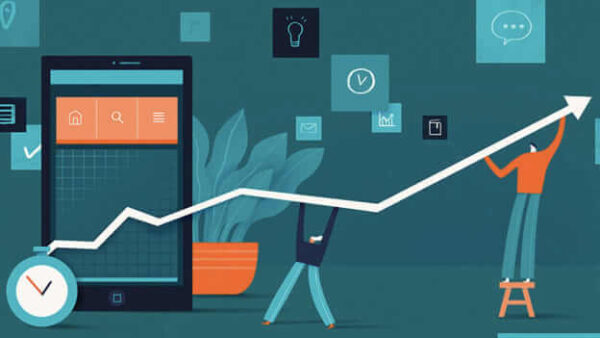
6. Channels
The channels portion refers to the methods that you will reach both your existing customers and potential new users. This refers both to the current solution and also the business in general.
Some important questions to ask in this section could be:
- Which channels of communication will you use to drum up noise around your solution?
- How will you get people’s attention?
7. Customer Segments
The customer segments section addresses the different profiles of customers that your solution targets. This is essentially your target market or principal user. If you don’t have an idea about who your principal user might be, consider filling out a persona map.
Some important questions to ask in this section could be:
- Who is your solution targeted towards?
- Who is your ideal customer?
8. Cost Structure
The cost structure section is where you start to think about the logistics surrounding your specific solution. In order for it to be successful, there must be measures in place that ensure it has boundaries and guidelines.
Some important questions to ask in this section could be:
- What is the pricing model of your solution?
- Will people pay for your product/service, and if so, how much?
9. Revenue Streams
The revenue streams section is the final part of the lean canvas and is a similar portion to the previous cost structure. In this section, it’s important to think about what different sources of revenue will look like for your business and how they will create a profit.
An important question to ask in this section could be: How will your company create revenue and make a profit?
Learn more: Lean Canvas vs. Business Model Canvas
Conclusion
The Lean Canvas is more than just a business model. It represents the future of preparation, consolidation, and efficiency for businesses everywhere. If you enjoyed this guide make sure to check out all of the other template guides we have on IdeaScale Whiteboard, including our other guides to Kanban’s, Customer Journey Map, and Virtual Workshops.
Most Recent Posts
Explore the latest innovation insights and trends with our recent blog posts.

